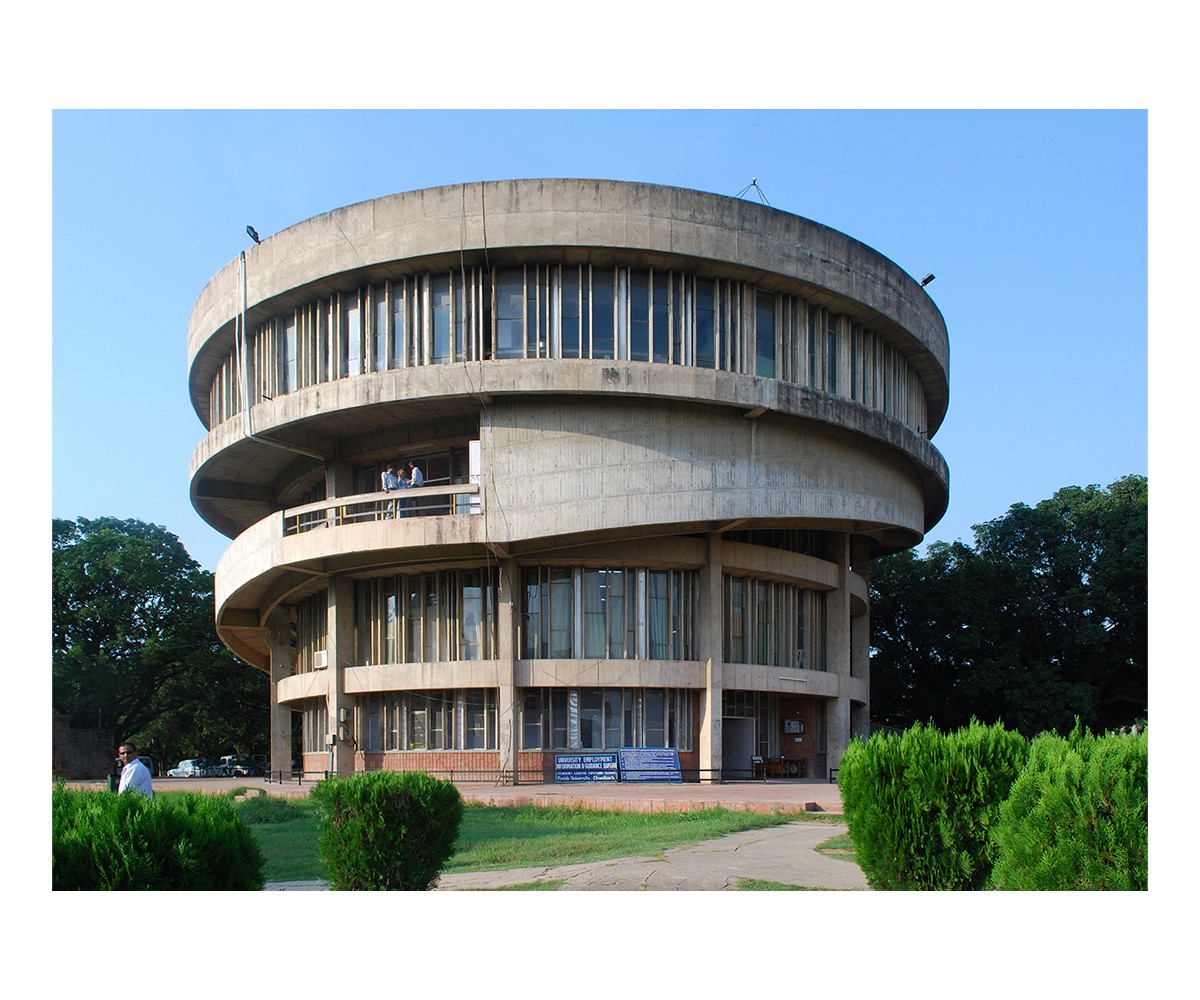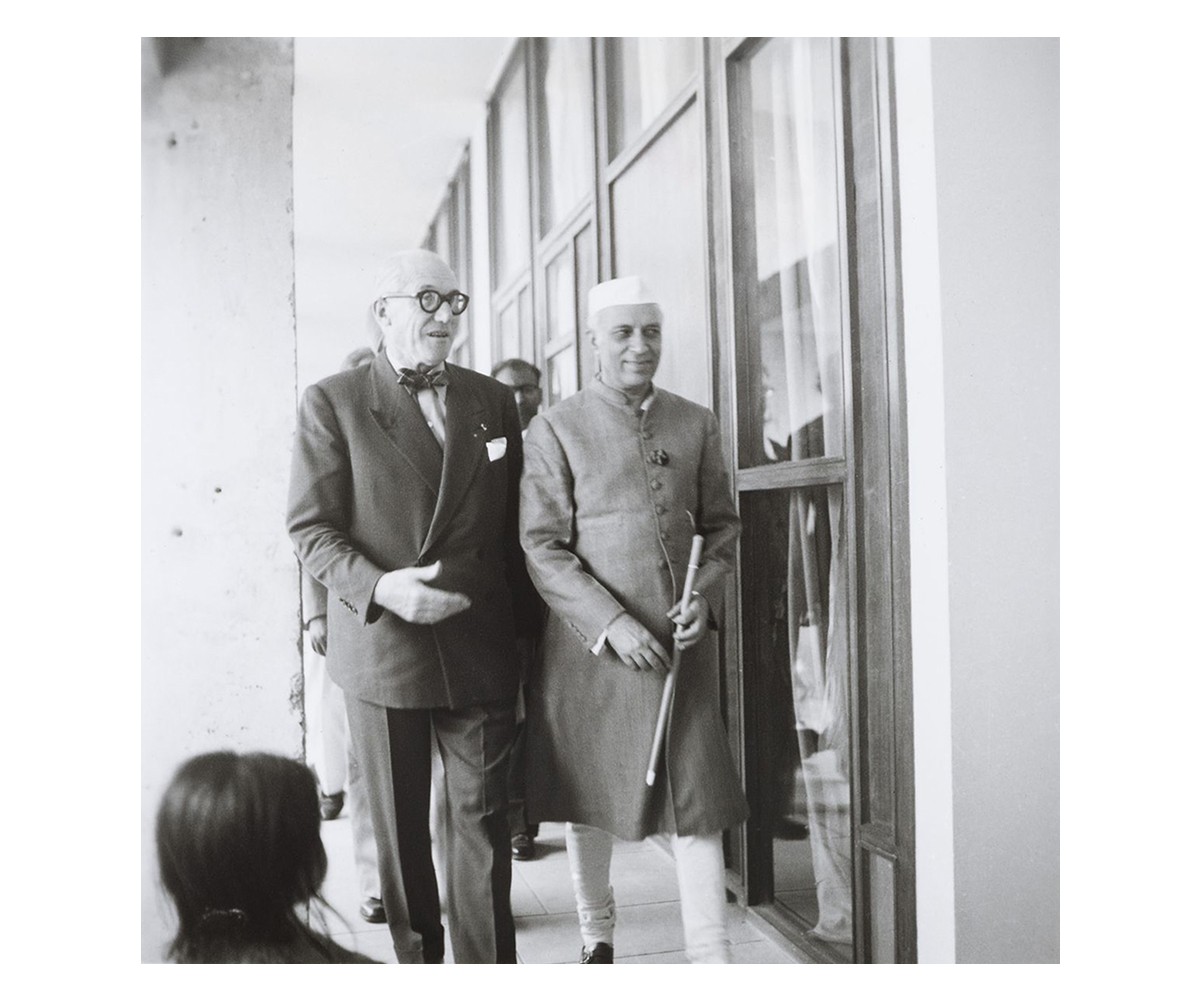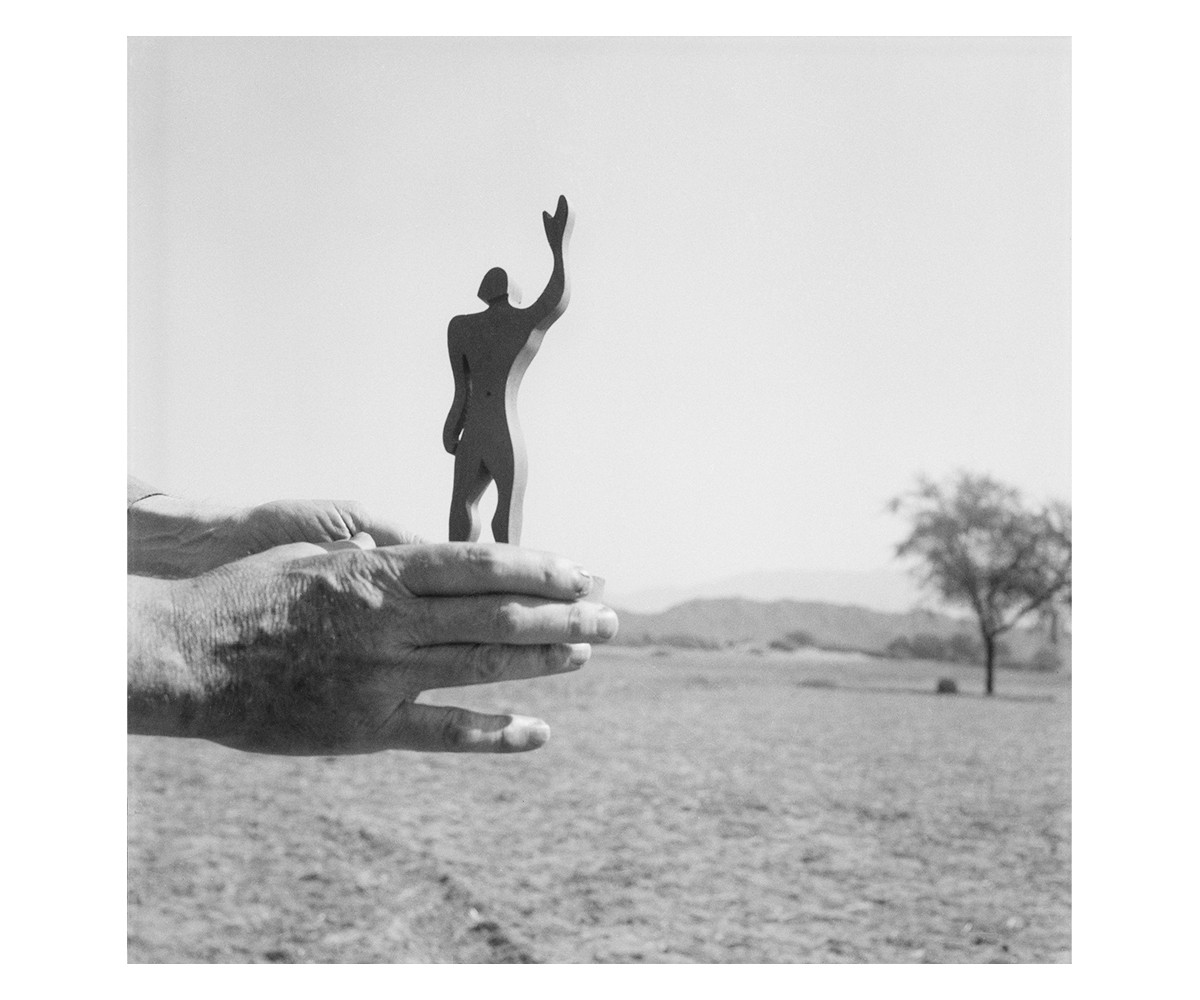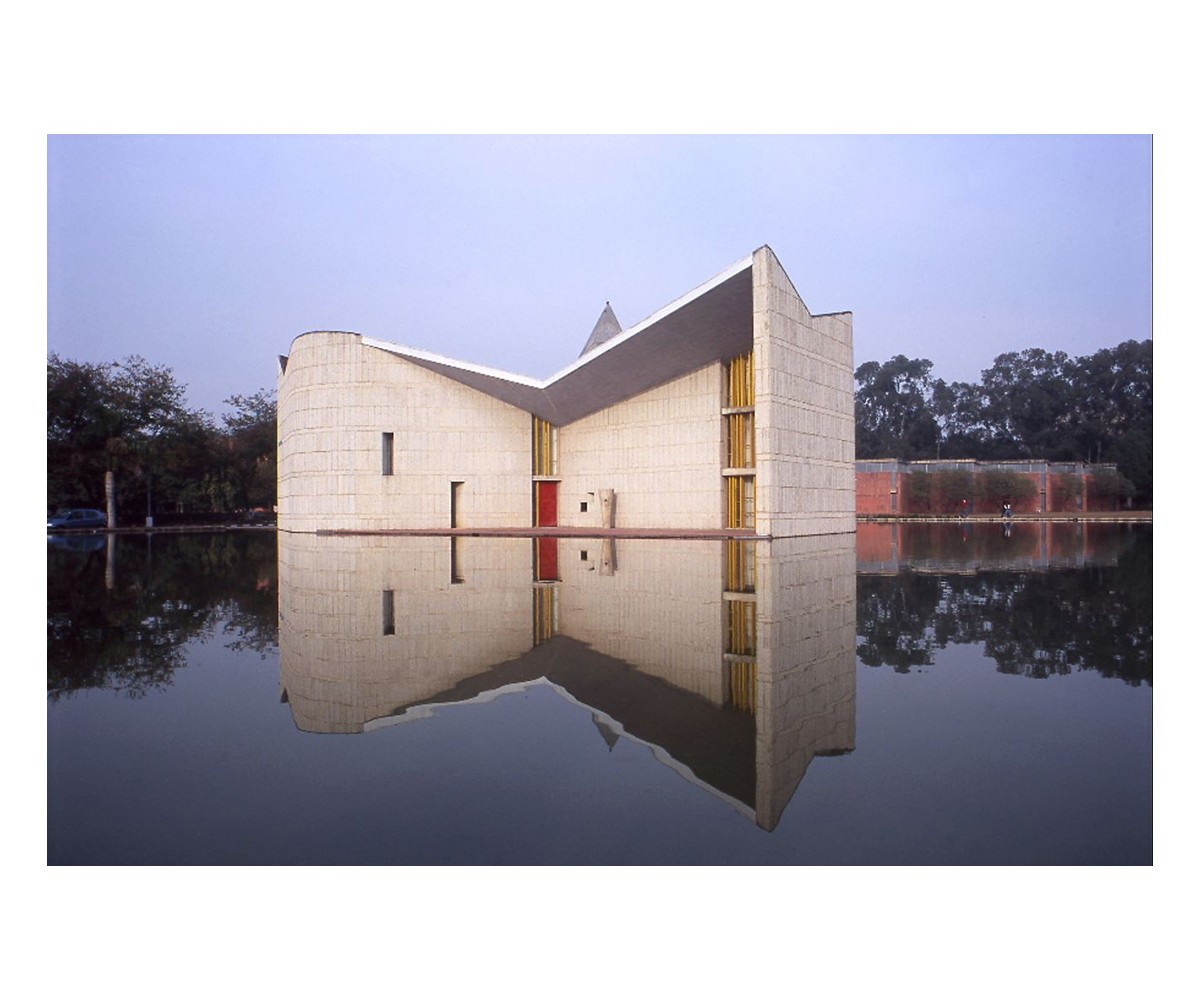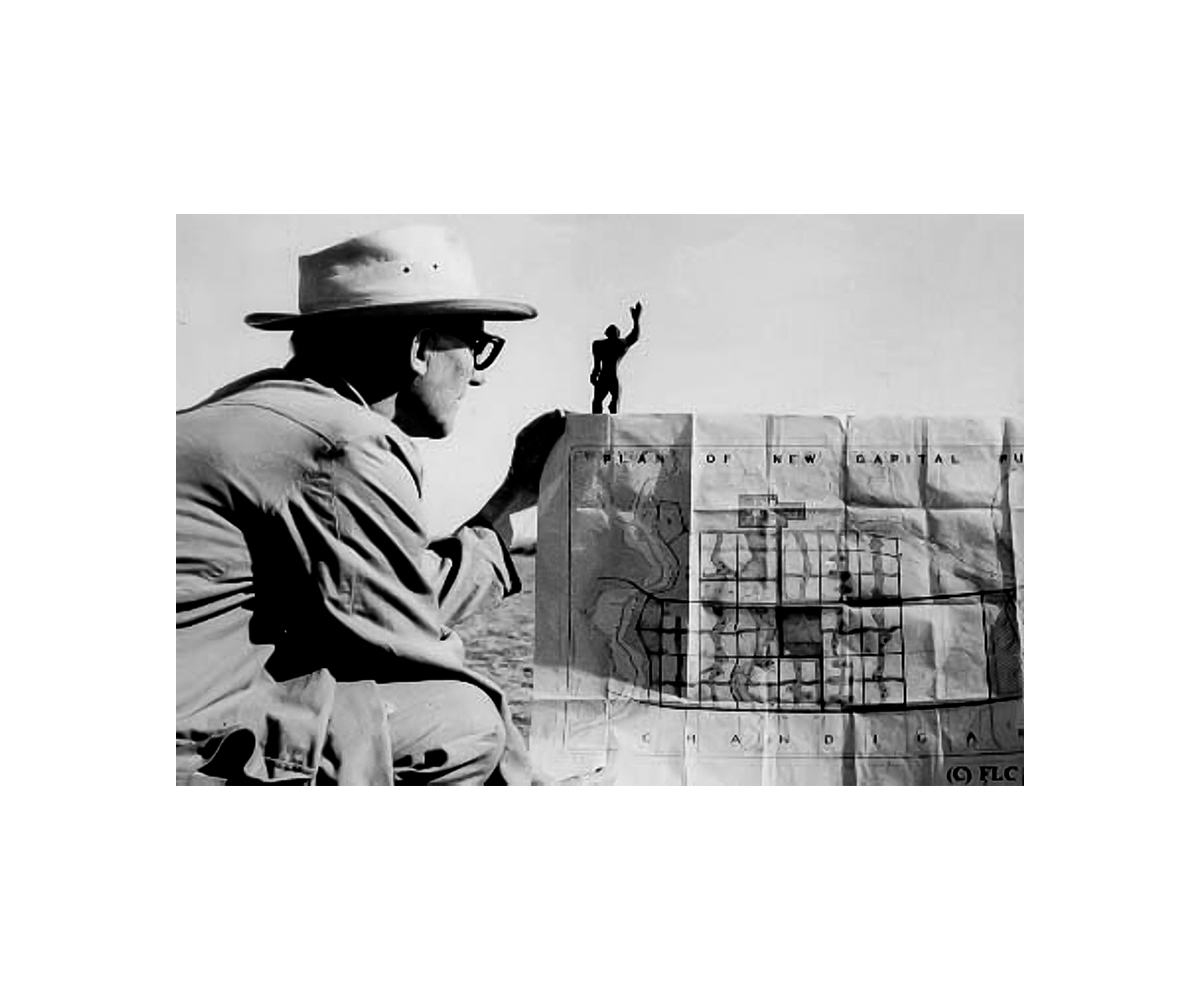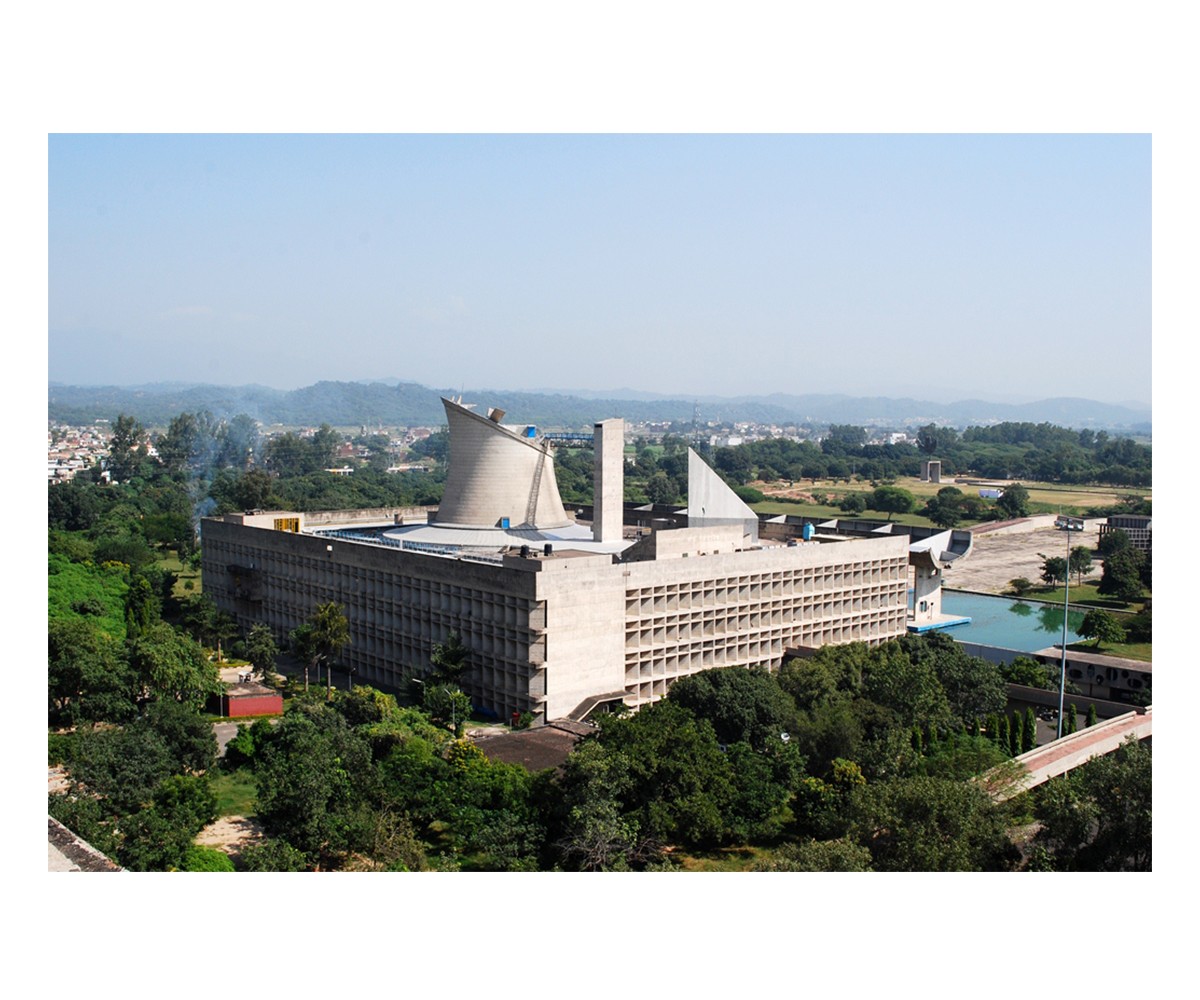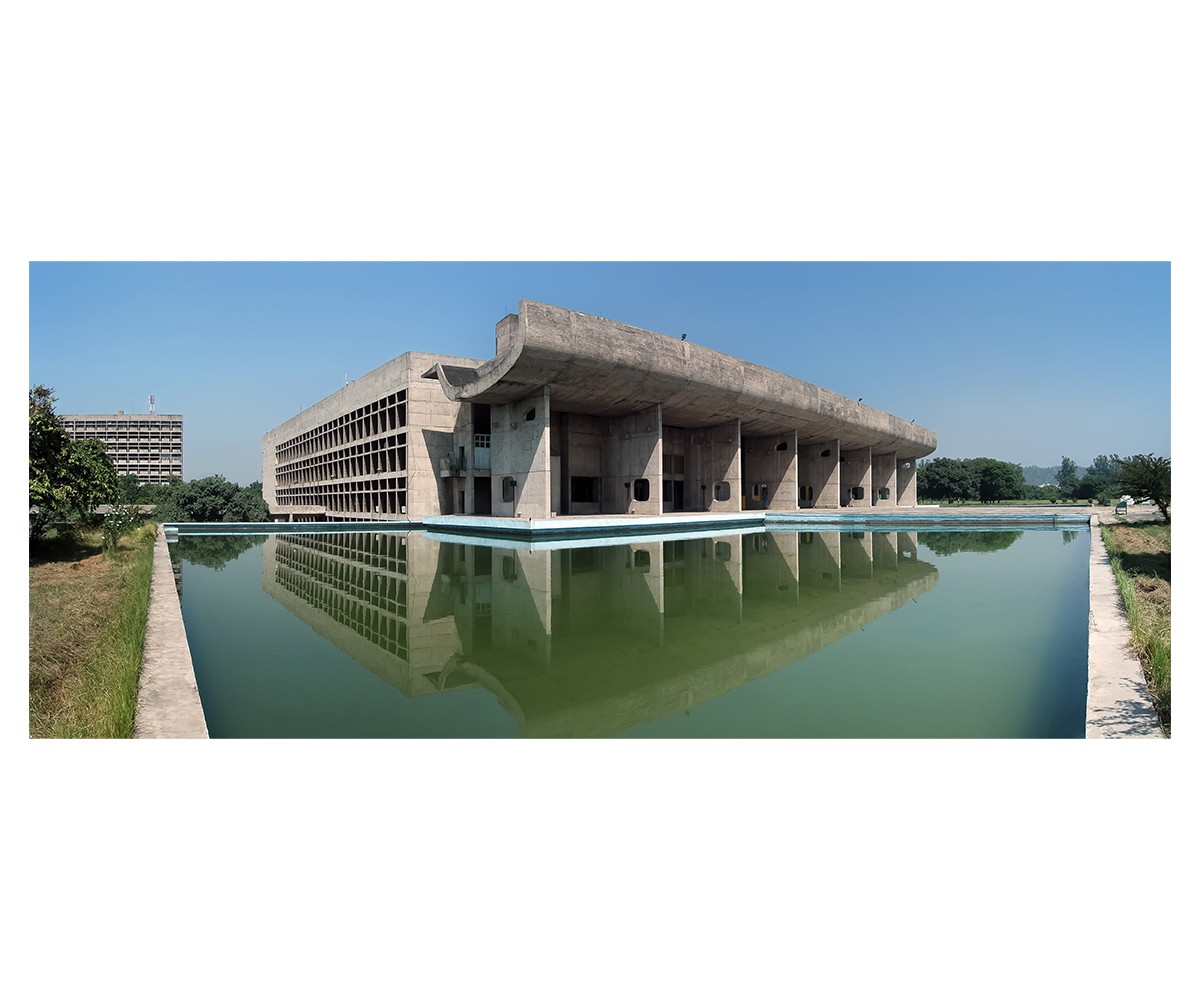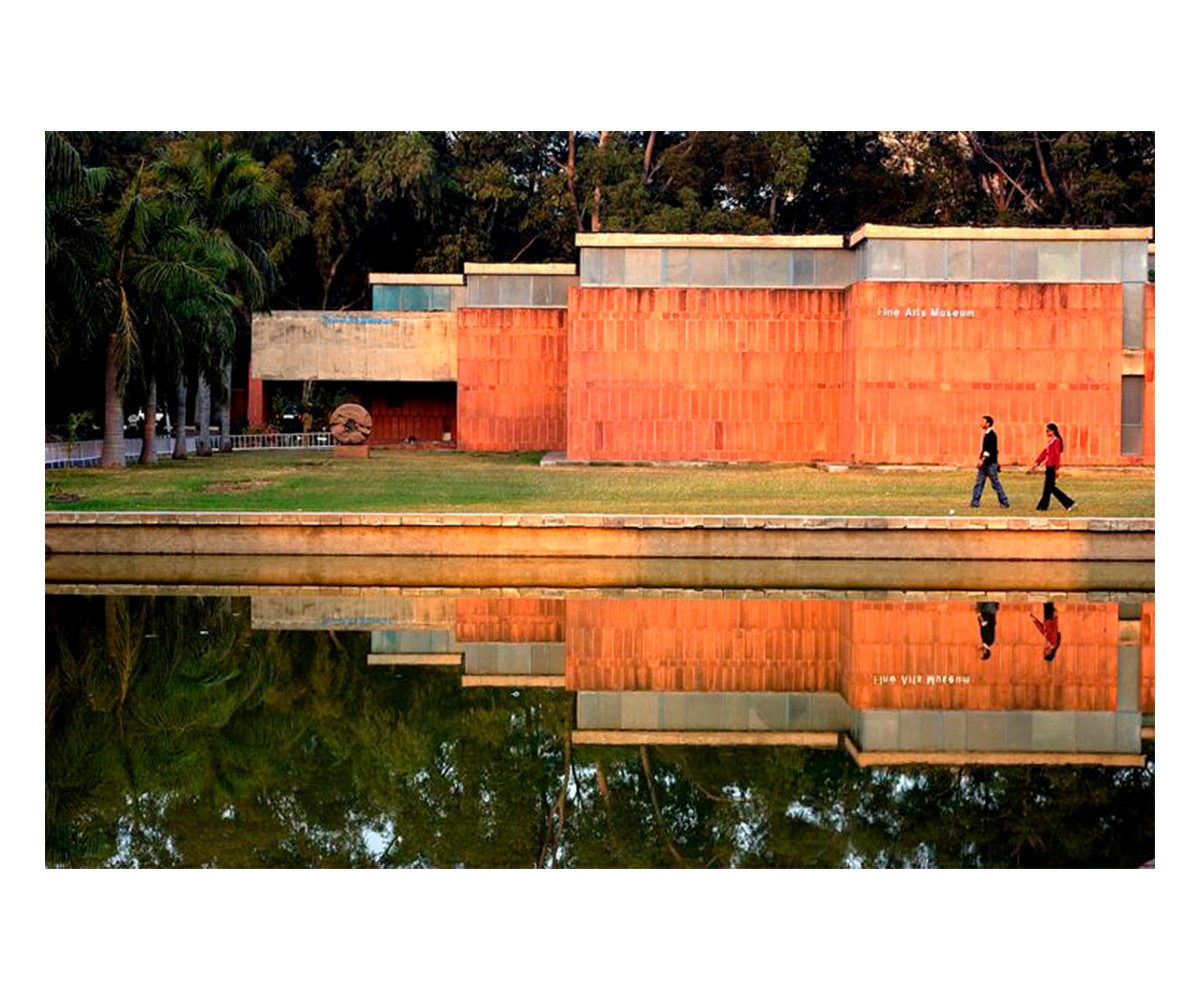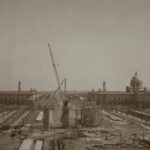Chandigarh Is Inaugurated
1953
One of the earliest and best-known planned cities of India, Chandigarh is officially opened and made the new capital of the Indian state of Punjab. Planned by architects Matthew Nowicki, Albert Mayer and Le Corbusier, the city is a major landmark in the history of Modernist architecture in India. The city’s pragmatic infrastructure and contemporary aesthetic is meant to emphasise the newly independent nation’s forward-facing outlook.
Today, recent scholarship has raised criticisms of the Western Modernist worldview on which Chandigarh’s infrastructure is predicated. To this end, historians and other researchers have pointed out the dearth of both an urban culture and any significant cultural heritage at Chandigarh at the time of its construction. This has suggested, on the part of the architect, funders and builders, a lack of focus on social development in favour of infrastructural growth and the country’s self-image, as well as a misplaced understanding of the built environment as the main criteria for a city, rather than its people. The project has been compared to other attempts at creating Modernist cities essentially from scratch in developing nations, such as Brasilia in Brazil, or adding substantially to existing structures in relatively small or minor urban areas, such as Ankara in Türkiye (formerly Turkey) and Islamabad in Pakistan.
Bibliography
Ching, Francis D. K., Mark M. Jarzombek, and Vikramaditya Prakash. A Global History of Architecture. Hoboken: John Wiley & Sons, 2010.
Ray, Himanshu Prabha. “Transnational Heritage: Building Bridges for the Future.” In Decolonising Heritage in South Asia: The Global, the National and the Transnational, edited by Himanshu Prabha Ray, 219–52. New York: Routledge, 2019.
Scott, James C. Seeing Like a State: How Certain Schemes to Improve the Human Condition Have Failed. New Haven and London: Yale University Press, 2020.
Feedback 
This entry appears in
Art in South Asia
Visit Timeline
Associated Timeline Events
First Published: March 11, 2024
Last Updated: May 22, 2024



